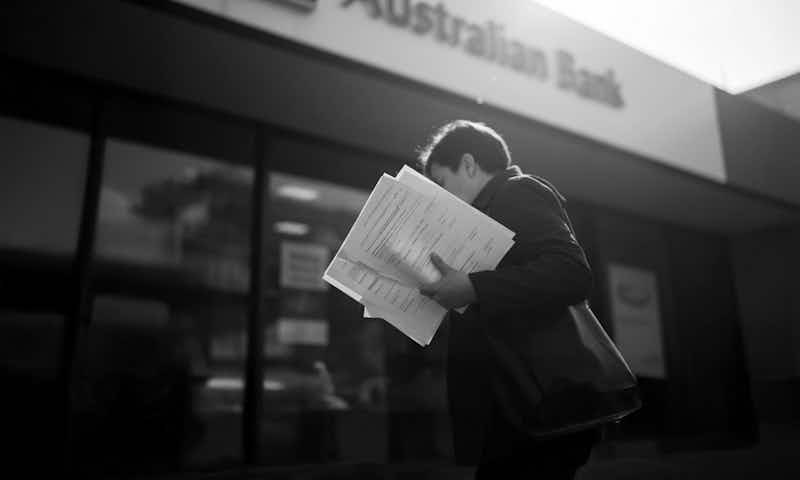Unpacking a liquidator's ability to seize assets
Liquidators have several key responsibilities and duties when appointed over a Company. Central to those duties are to:
investigate the affairs of the Company; and
secure and realise any assets of the Company for the benefit of its creditors.
Whilst these tasks can have some challenges due to claims third parties may have to the assets or records, the challenges grow exponentially when a Director of a Company is either:
concealing records and assets; or
otherwise hindering a Liquidator's ability to perform these tasks.
One avenue available to a Liquidator is to seek the assistance of ASIC to remind the recalcitrant Director of their obligations through threat of monetary fine and potential prosecution. Whilst the threat of a fine or further prosecution is not a determinant for all, ASIC has still fined 100 individuals from 1 January 2023 to 30 June 2023 - for a total of $430,000.
Where it is considered that the above action is unlikely to result in compliance, the matters in question involve high value assets, or involve the threat of immediate loss or destruction, a Liquidator has a further and more powerful remedy available to them. This remedy is in the form of a search and seizure warrant obtained via an application to the Court.
The powers are outlined in Section 530C of the Corporations Act 2001 which provides (subject to Court Approval) that the authorised person may, if necessary, break open a building, room or receptacle where the property is or the books are, or where the person reasonably believes the property or books to be, in order to seize the property or books under the warrant.
Due to the extreme nature of the powers this application is rarely used and typically seen as a:
a remedy of last resort; and
typically only granted in situations where there has been a persistent pattern of non-cooperation and evasion
As noted above, in order to obtain such an order a Liquidator is required to make an application to the Court outlining the basis under which this is a necessary and required step. The burden of evidence is high due to the extreme powers and fact that the applications are done ex-parte. In considering the request, a Court must be satisfied on the evidence presented that the person to be the subject of the warrant has:
concealed or removed property of the company with the result that the taking of the property into the custody or control of the liquidator will be prevented or delayed; or
concealed, destroyed or remoed books of the company or is about to do so.
Should an order be granted, a Liquidator is required to return to the Court to obtain orders to realise any assets collected under the warrant. This mechanism provides some protections to the party on which the warrant is served to extent there is a genuine dispute over ownership of the assets.
Here at Worrells Victoria, we have obtained orders in the past involving the concealment of a number of high value motor vehicles which resulted in the successful recovery and subsequent sale of assets for the benefit of creditors of the Company.
Key takeaways
The Court has made it clear that it will not authorise the issuing of search and seizure warrants lightly, as they are viewed as a serious incursion upon the rights of the persons affected by the warrant.
However, the provision remains a useful mechanism to strengthen liquidators’ abilities to take control of company property, particularly if they are able to prove a pattern of non-cooperation and evasion on the part of the Directors.




